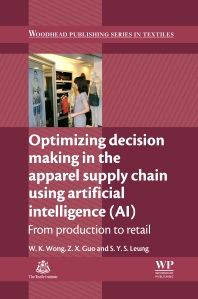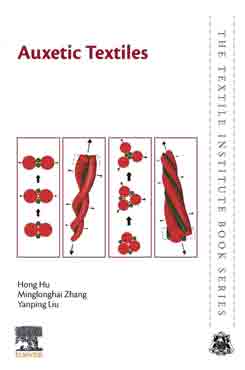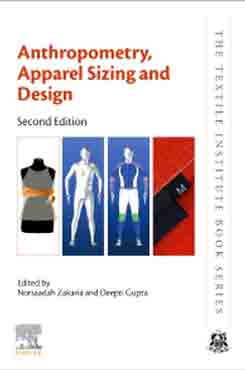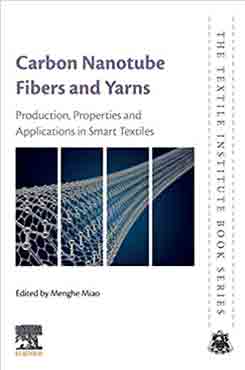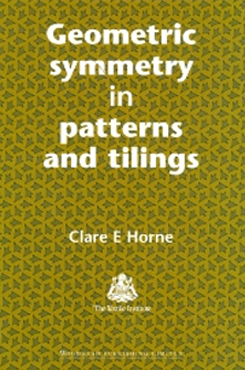Description
Practitioners in apparel manufacturing and retailing enterprises in the fashion industry, ranging from senior to front line management, constantly face complex and critical decisions. There has been growing interest in the use of artificial intelligence (AI) techniques to enhance this process, and a number of AI techniques have already been successfully applied to apparel production and retailing.
Optimizing decision making in the apparel supply chain using artificial intelligence (AI): From production to retail provides detailed coverage of these techniques, outlining how they are used to assist decision makers in tackling key supply chain problems. Key decision points in the apparel supply chain and the fundamentals of artificial intelligence techniques are the focus of the opening chapters, before the book proceeds to discuss the use of neural networks, genetic algorithms, fuzzy set theory and extreme learning machines for intelligent sales forecasting and intelligent product cross-selling systems.
Key Features
- Helps the reader gain an understanding of the key decision points in the apparel supply chain
- Discusses the fundamentals of artificial intelligence techniques for apparel management techniques
- Considers the use of neural networks in selecting the location of apparel manufacturing plants
Readership
Table of Contents
- Chapter 1: Understanding key decision points in the apparel supply chain
Abstract:
1.1 Introduction
1.2 Selection of plant locations
1.3 Production scheduling and assembly line balancing control
1.4 Cutting room
1.5 Retailing
Chapter 2: Fundamentals of artificial intelligence techniques for apparel management applications
Abstract:
2.1 Artificial intelligence (AI) techniques: a brief overview
2.2 Rule-based expert systems
2.3 Evolutionary optimization techniques
2.4 Feedforward neural networks (FNNs)
2.5 Fuzzy logic
2.6 Conclusions
Chapter 3: Selecting the location of apparel manufacturing plants using neural networks
Abstract:
3.1 Introduction
3.2 Classification methods using artificial neural networks
3.3 Classifying decision models for the location of clothing plants
3.4 Classification using unsupervised artificial neural networks (ANN)
3.5 Classification using supervised ANN
3.6 Conclusion
3.7 Acknowledgements
3.9 Appendix: performance of back propagation (BP) and learning vector quantization (LVQ) with a different number of hidden neurons
Chapter 4: Optimizing apparel production order planning scheduling using genetic algorithms
Abstract:
4.1 Introduction
4.2 Problem formulation
4.3 Dealing with uncertain completion and start times
4.4 Genetic algorithms for order scheduling
4.5 Experimental results and discussion
4.6 Conclusions
4.7 Acknowledgement
Chapter 5: Optimizing cut order planning in apparel production using evolutionary strategies
Abstract:
5.1 Introduction
5.2 Formulation of the cut order planning (COP) decision-making model
5.3 Genetic COP optimization
5.4 An example of a genetic optimization model for COP
5.5 Conclusions
5.6 Acknowledgement
5.8 Appendix: comparison between industrial practice and proposed COP decision-making model
Chapter 6: Optimizing marker planning in apparel production using evolutionary strategies and neural networks
Abstract:
6.1 Introduction
6.2 Packing method for optimized marker packing
6.3 Evolutionary strategy (ES) for optimizing marker planning
6.4 Experiments to evaluate performance
6.5 Conclusion
Chapter 7: Optimizing fabric spreading and cutting schedules in apparel production using genetic algorithms and fuzzy set theory
Abstract:
7.1 Introduction
7.2 Problem formulation in fabric-cutting operations
7.3 Genetic optimization of fabric scheduling
7.4 Case studies using real production data
7.5 Conclusions
7.6 Acknowledgement
7.8 Appendix: nomenclature
Chapter 8: Optimizing apparel production systems using genetic algorithms
Abstract:
8.1 Introduction
8.2 Problem formulation in sewing operations
8.3 Genetic optimization of production line balancing
8.4 Experimental results
8.5 Conclusions
8.6 Acknowledgement
8.8 Appendix: nomenclature
Chapter 9: Intelligent sales forecasting for fashion retailing using harmony search algorithms and extreme learning machines
Abstract:
9.1 Introduction
9.2 Hybrid intelligent model for medium-term fashion sales forecasting
9.3 Evaluating model performance with real sales data
9.4 Experimental results and analysis
9.5 Assessing forecasting performance
9.6 Conclusions
6.7 Acknowledgement
Chapter 10: Intelligent product cross-selling system in fashion retailing using radio frequency identification (RFID) technology, fuzzy logic and rule-based expert system
Abstract:
10.1 Introduction
10.2 Radio frequency identification (RFID)-enabled smart dressing system (SDS)
10.3 Intelligent product cross-selling system (IPCS)
10.4 Implementation of the RFID-enabled SDS and IPCS
10.5 Evaluation of the RFID-enabled SDS
10.6 Assessing the use of RFID technology in fashion retailing
10.7 Conclusions
10.8 Acknowledgement
Index
